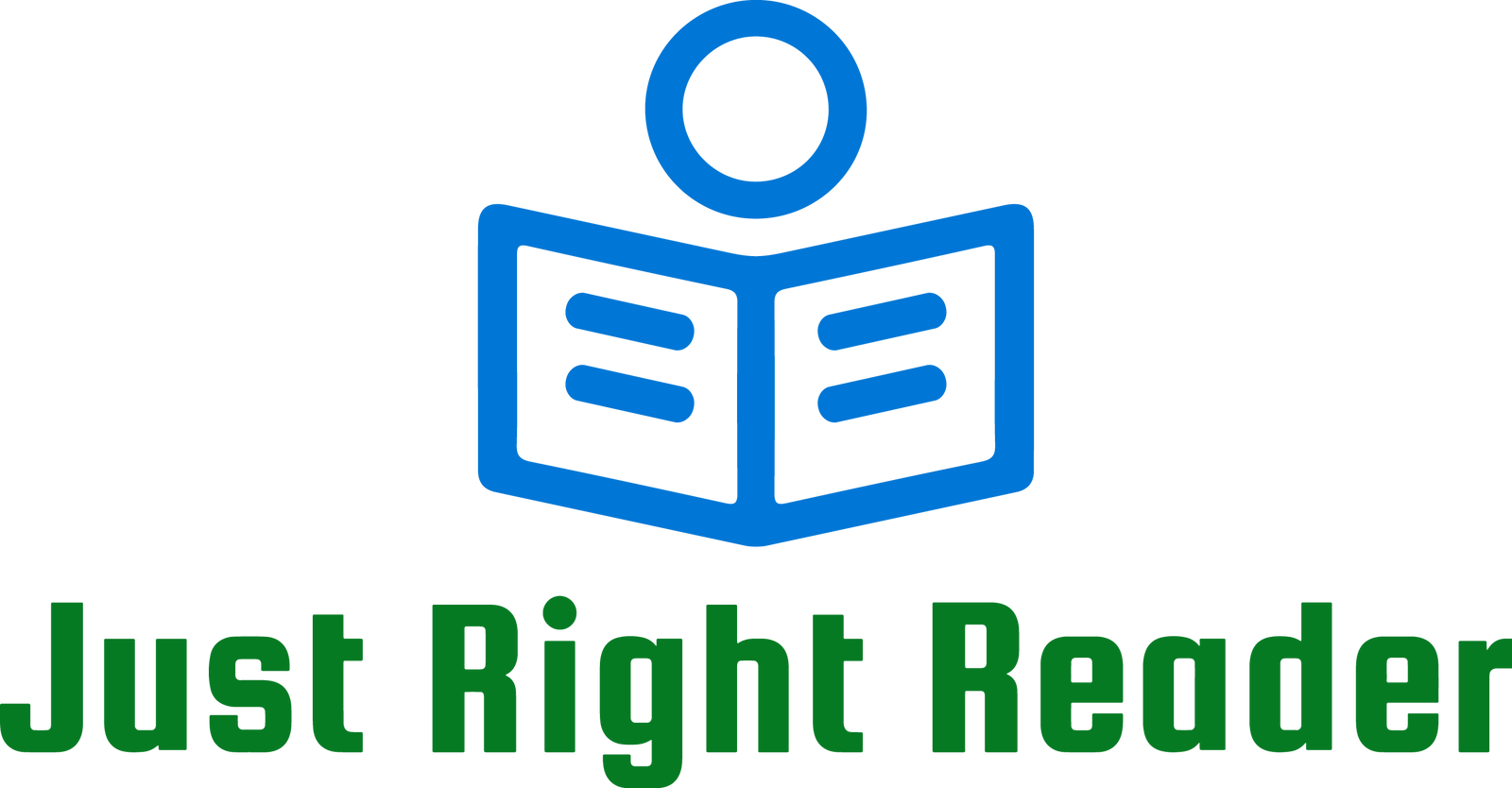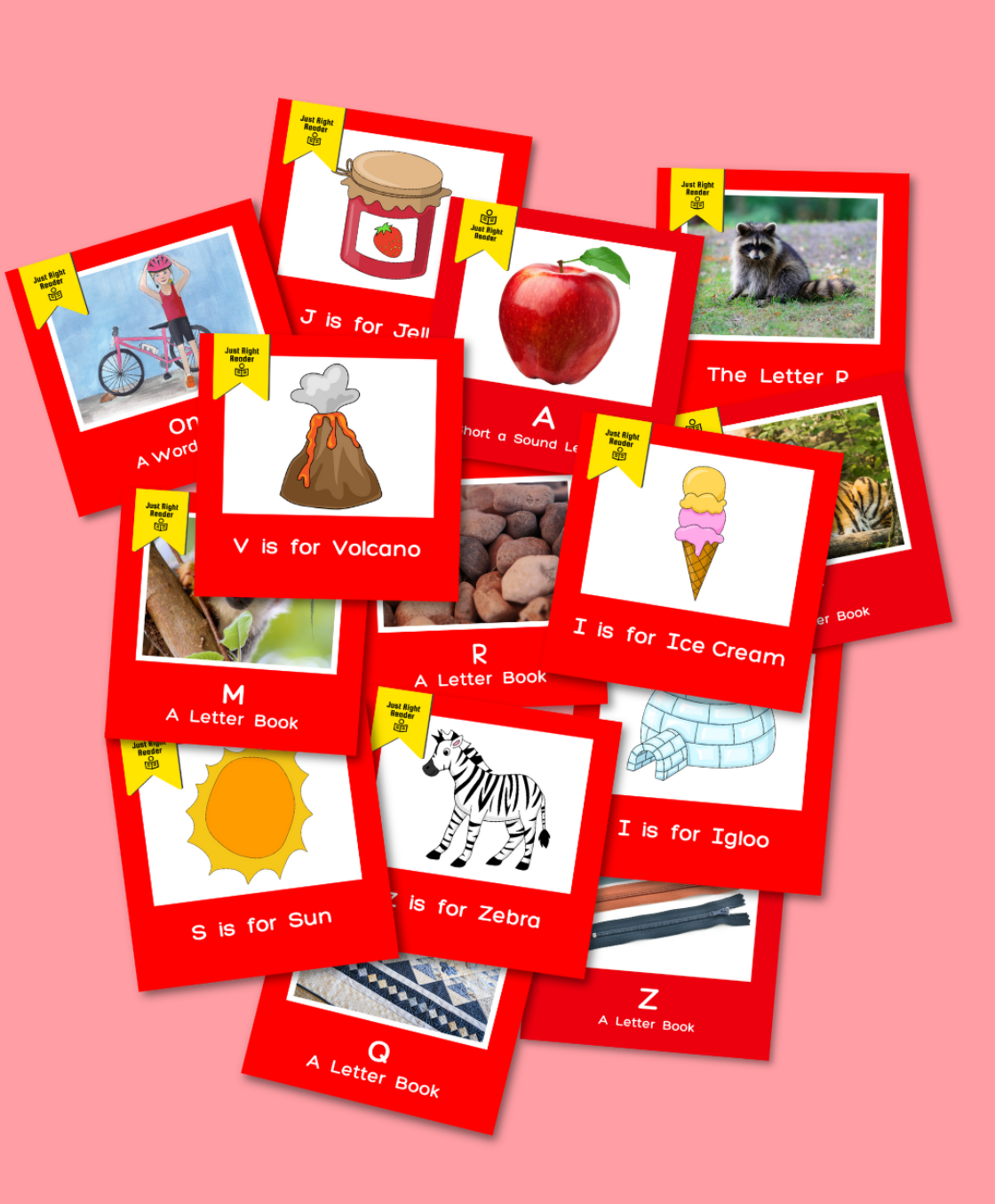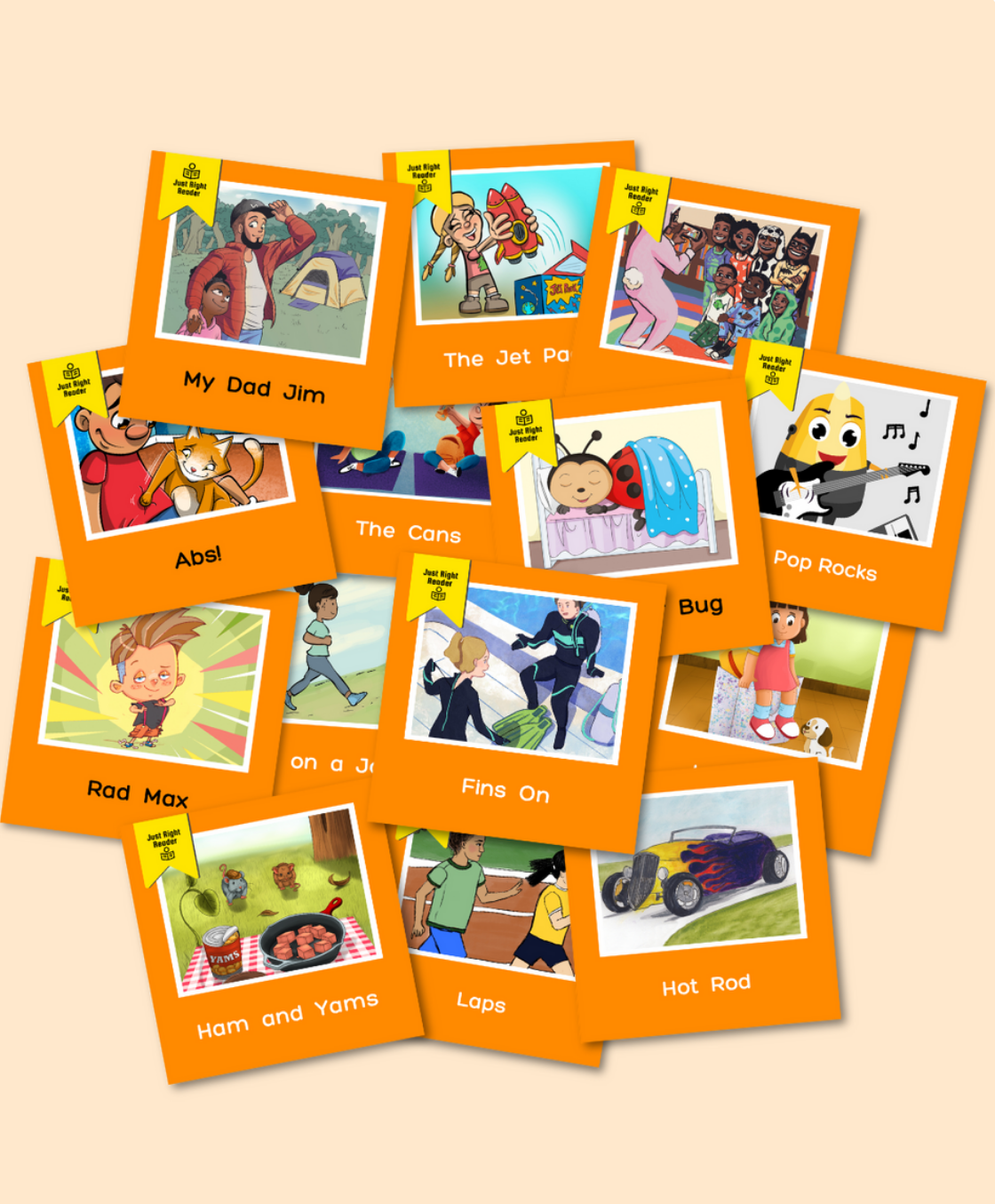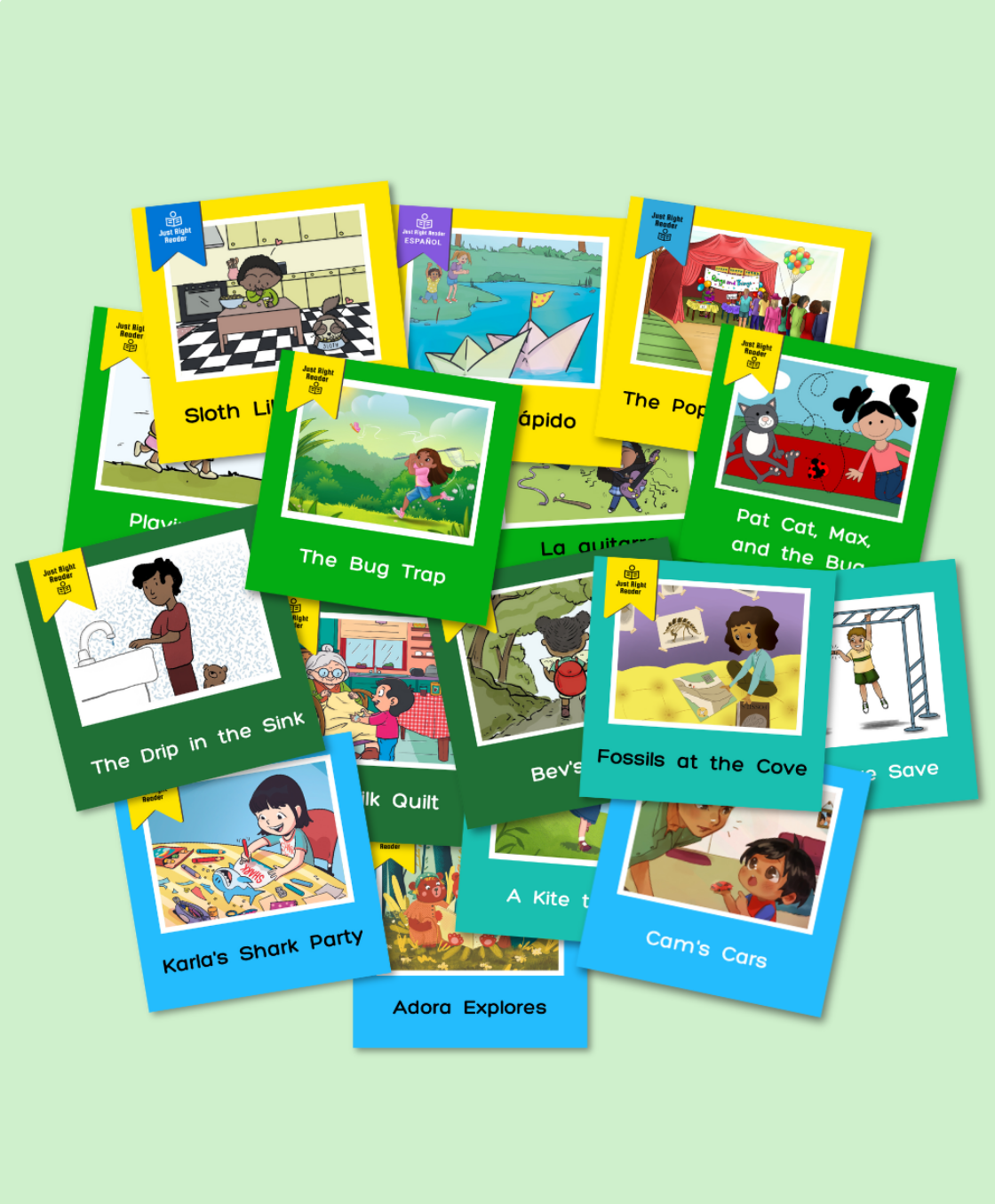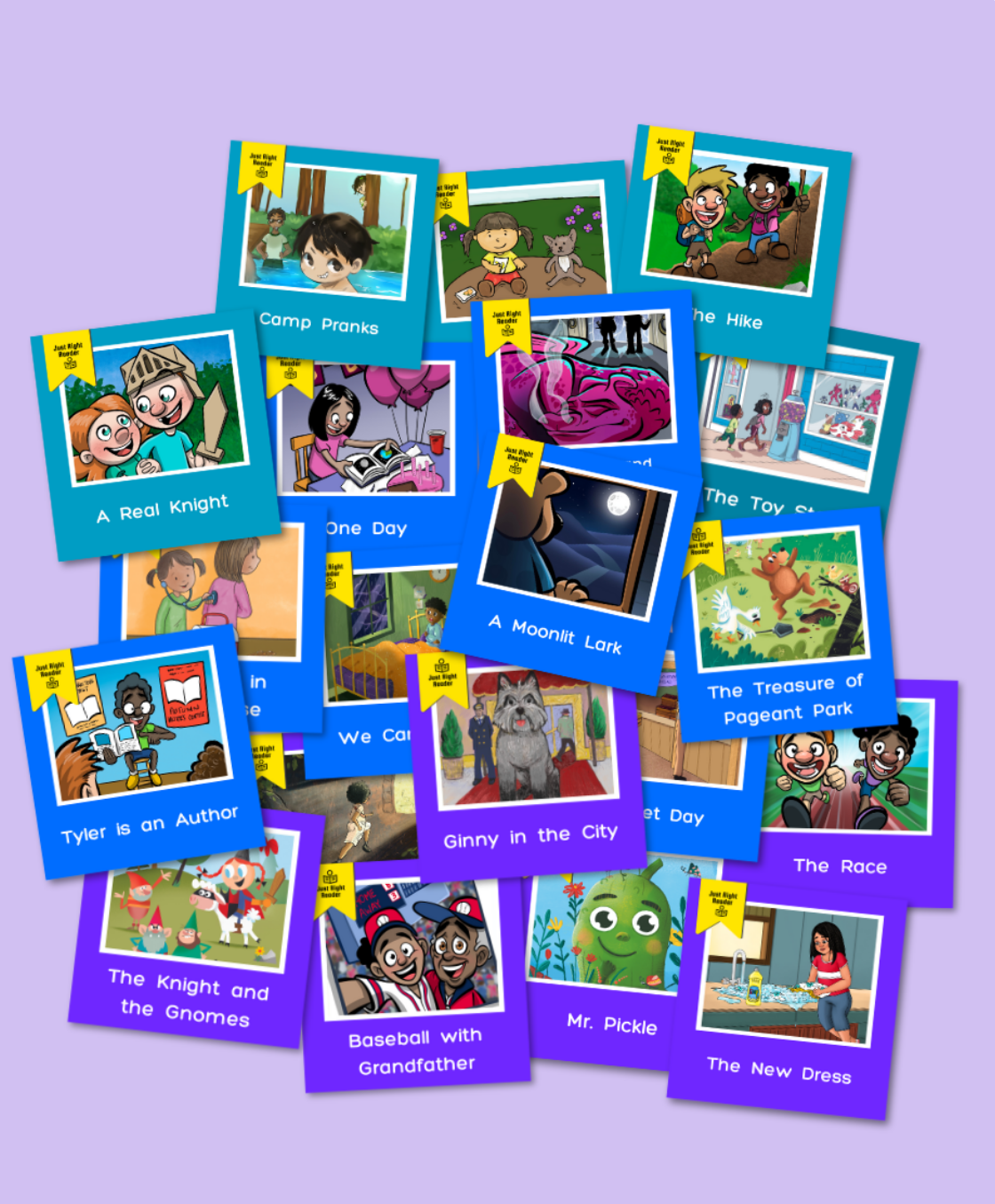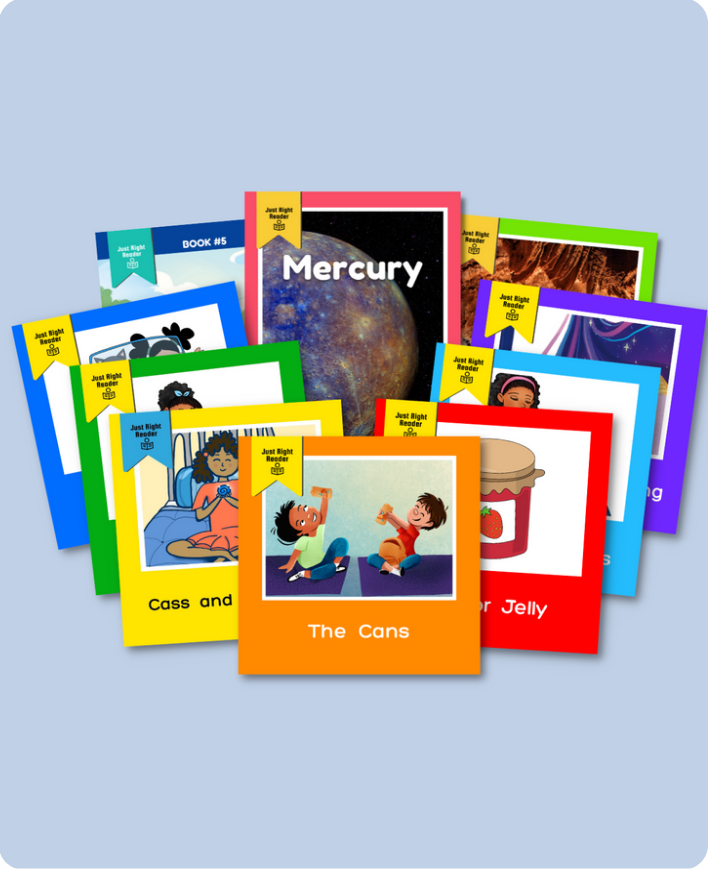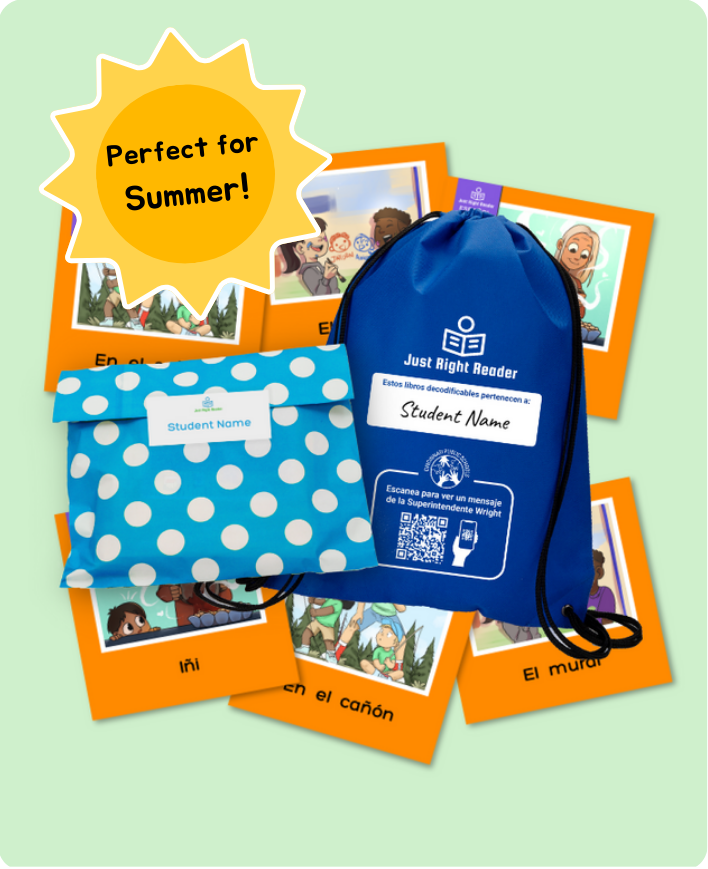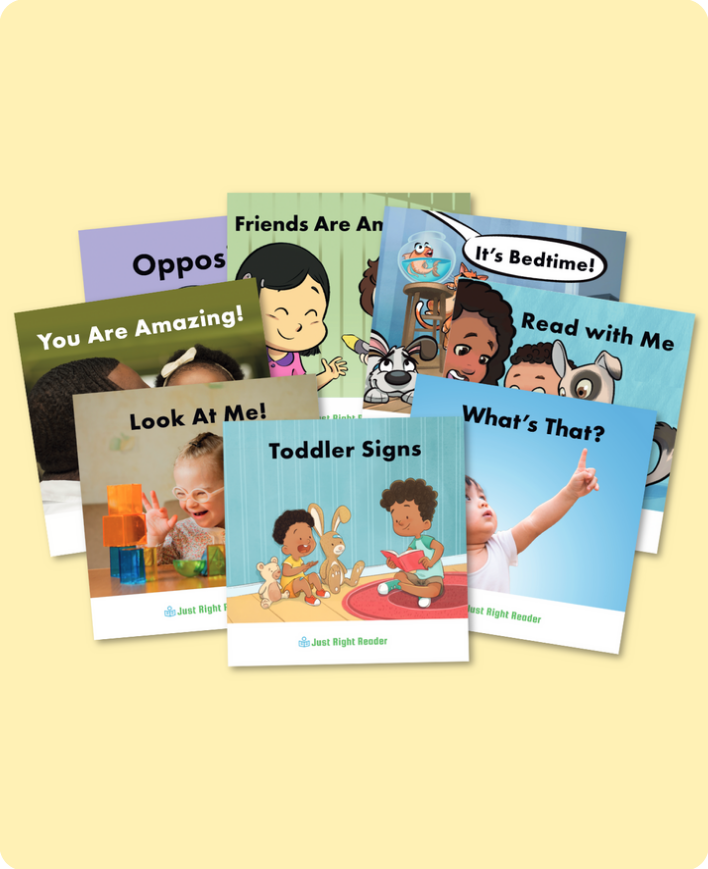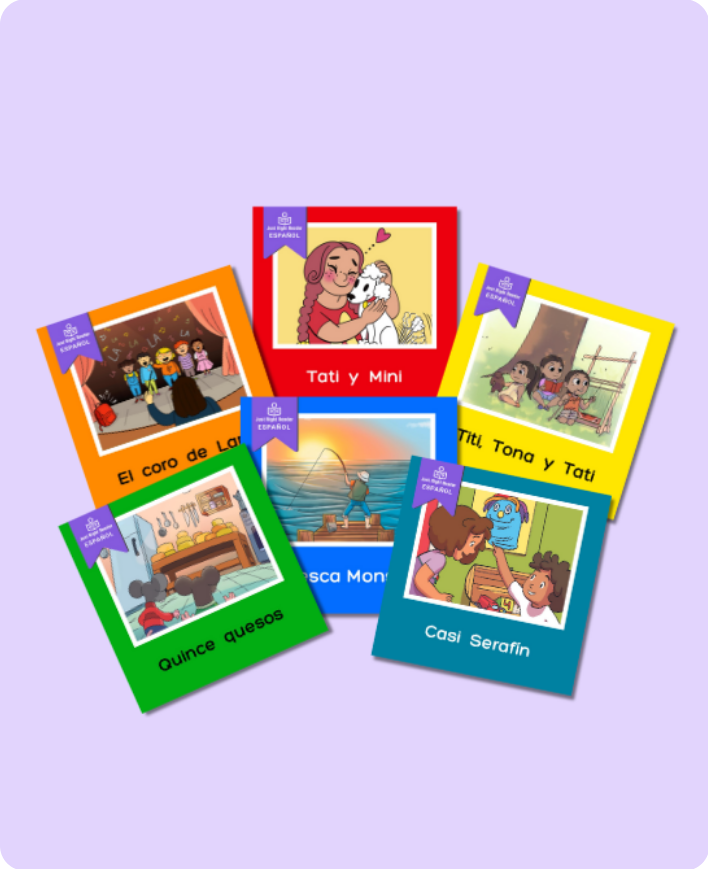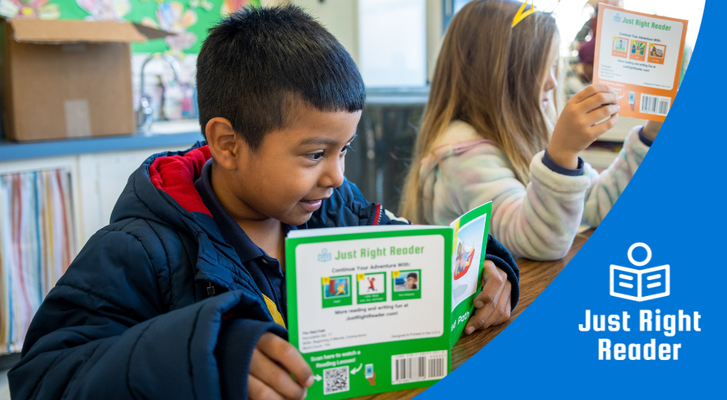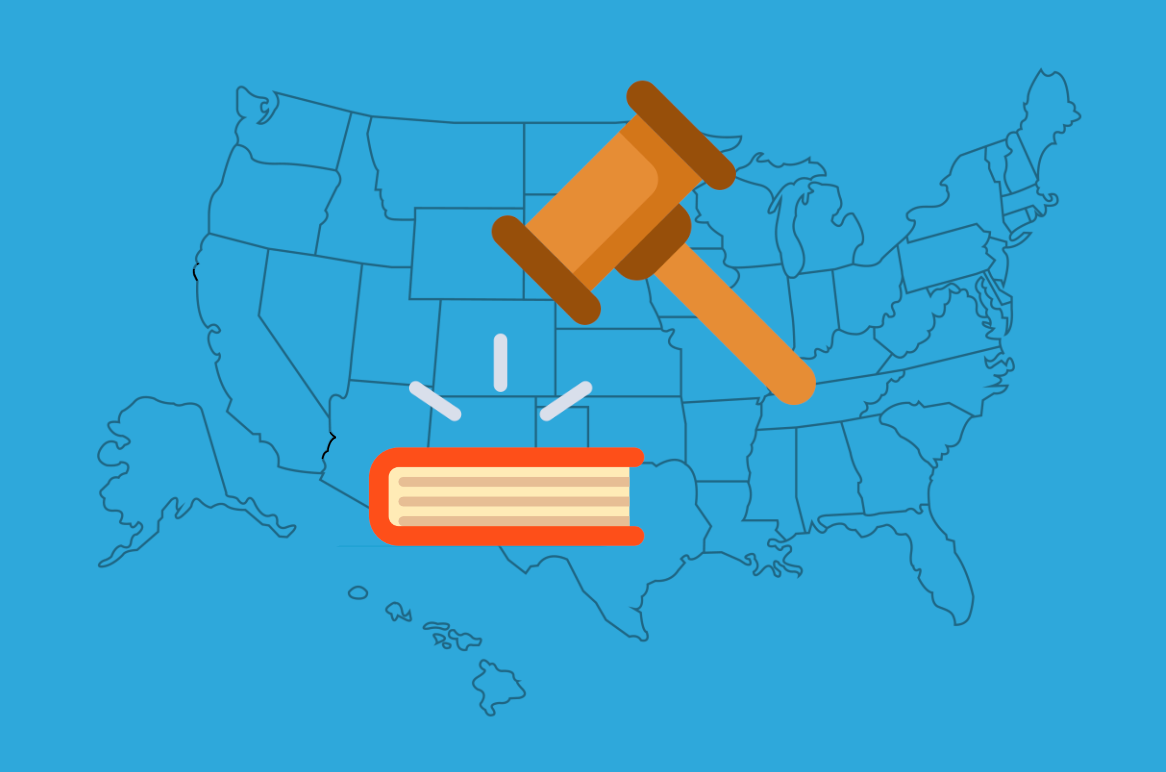

The Problem
Teachers, especially in underserved and minority communities, require more resources and support. Often, they’re handed materials that don’t align with research or are provided evidence-based materials and not told how to use them.
This gap resulted in students scoring in the <1 percentile on reading assessments for years with minimal intervention. Goldberg, founder of the Right to Read project, monitored the reading scores of a fifth grader named Clark, and found they improved with extra help. However, Clark’s teacher lacked the resources to offer the additional systematic instruction needed for Clark to read proficiently.
The phonics program Clark’s teacher was given included “loose mini-lessons, practice with leveled books, and reading aloud,” which wasn’t enough to help Clark read comfortably. In contrast, Clark’s first grade teacher had incorporated explicit phonics instruction, one-on-one help, and practice with decodables. With extra practice and science-backed reading lessons, Clark's reading improved. Unfortunately, not all the teachers in his school had the resources to provide this.
The Solution
Stories like Clark’s are why the money from the lawsuit didn’t go to the plaintiffs. The 53 million dollar settlement went directly to the 75 lowest performing schools in the state to rework early reading education programs and professional development. Each of these schools developed a unique plan for improving literacy rates and reading assessment scores.
These plans were generally structured in these steps:
- Screen for struggling readers early
- Look at the data to learn where improvements need to be made
- Disaggregate the data so you can see what's working for each student
- Carry out a curriculum audit to find areas for improvement
- Come up with an action plan
- Explain to others what you are doing and why
The plans also focused on providing science-backed reading tools such as a phonics scope and sequence, explicit lesson plans, and teacher training on how to implement these lesson plans.

